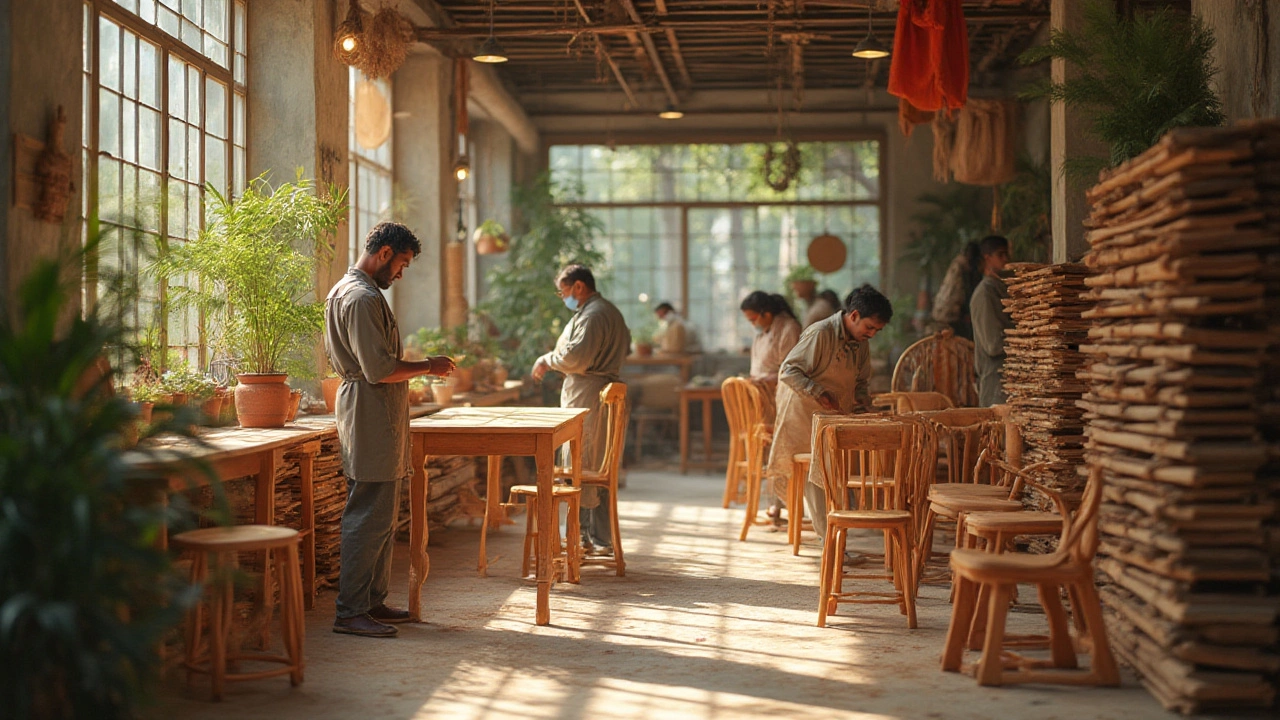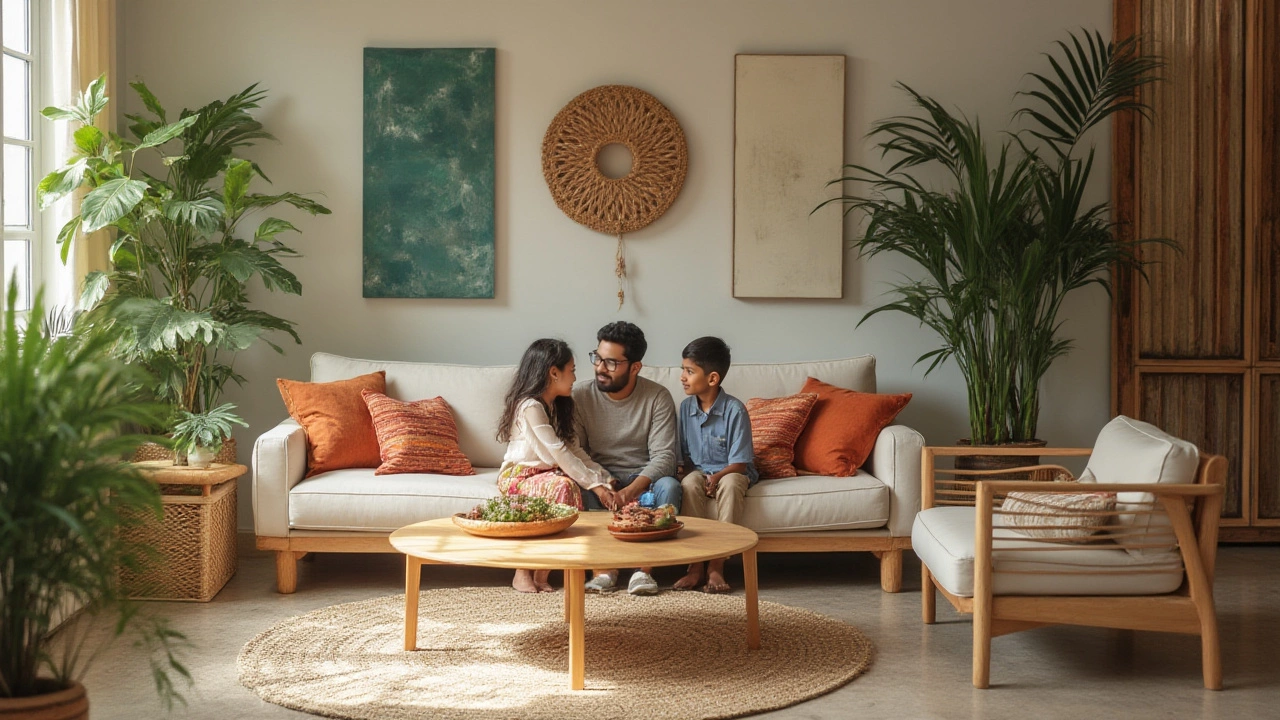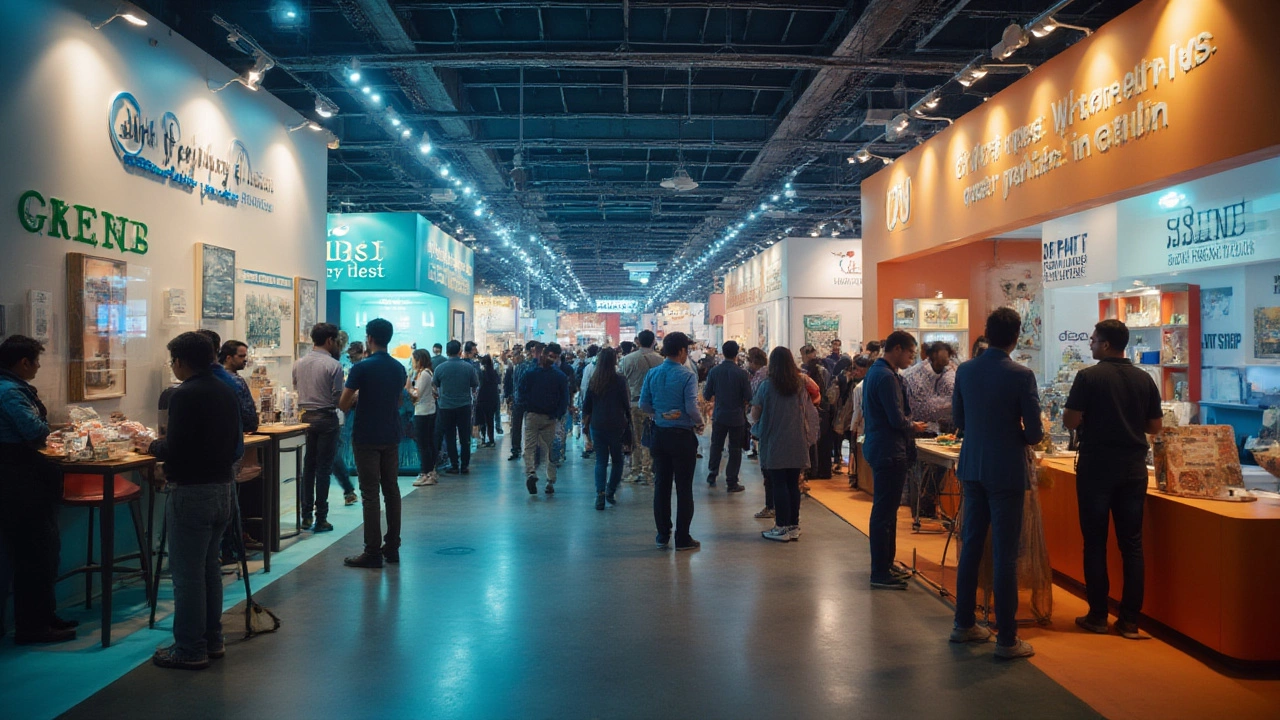Future of Furniture Industry in India: Trends, Opportunities, and Market Insights

If you think the furniture scene in India is still about heavy teak wardrobes and bulky sofas wrapped in plastic, you’re in for a surprise. The Indian furniture industry is sprinting into an era where homegrown brands rub shoulders with Italian imports, custom designs are a click away, and sustainability isn’t just a buzzword. Thanks to changing lifestyles, a booming urban population, rising income, and a generation that wants more than their grandfather’s dining set, the game has changed for good. But how exactly is this future shaping up—and what does it mean if you’re a manufacturer, an aspiring entrepreneur, or just on the hunt for that Insta-worthy couch?
India’s Furniture Boom: Market Growth and What’s Powering It
India’s furniture industry is exploding. In 2015, it was just under $20 billion. Fast forward to July 2025, and we’re looking at a projected $39 billion worth, according to a Statista report. That’s nearly double in a single decade, putting India in the top five global furniture consumers. A major reason? The middle class is swelling—over 350 million people are now classified as ‘middle-income’. They’re not interested in the old wooden behemoths; they want modular kitchen units, minimalist Scandinavian-inspired sofas, and beds that don’t eat up the entire room.
City-dwellers want quick delivery, assembly services, and sleek designs, especially with more people living in compact apartments. This shift has triggered mushrooming demand for ready-to-assemble furniture and do-it-yourself pieces that actually look good. Tier-2 and Tier-3 cities are also pitching in, with furniture sales growing at twice the rate compared to big metros in 2024, a Nielsen survey found. Online sales are the real wild card—one in every four furniture purchases in cities like Bengaluru and Pune is now made online, up from less than 10% in 2020. Homegrown e-tailers like Pepperfry, Urban Ladder, and Godrej Interio are battling for customers alongside Swedish giant IKEA, which now has three outlets in India but delivers pan-India through its app.
Another kicker: government policies are now friendly. The ‘Make in India’ initiative isn’t just a slogan. Customs duty on imported wooden furniture jumped from 20% to 25% in early 2023. This move forced hotels, offices, and even wealthy homebuyers to look at local manufacturers. The Export Promotion Council for Handicrafts (EPCH) is also helping artisans—and India’s plywood clusters in Yamunanagar (Haryana), Rajasthan, and Kerala are getting global attention. So, whether you’re a small workshop or a big factory, the time to build in India has never been better.
Changing Tastes: From Traditional to Modern, and Why Design Matters
This isn’t your dad’s battleground anymore. Indian customers are hyper-aware, scrolling Pinterest, Instagram, and Houzz for inspiration. Classic rosewood? Only if it has a twist—think edgy handles, or a pop of colour that stands out in a minimalist living room. Millennials and Gen-Z, especially, aren’t afraid to mix and match: a vintage chest with mid-century armchairs, neon bean bags next to a rustic coffee table. The furniture market in 2025 is all about ‘self-expression’, not ‘one-size-fits-all’.
Modular furniture—where you can add or remove a shelf, swap door panels, or reconfigure the sofa—is now a minimum ask. Urban Ladder claims 70% of its bestselling living room products are modular or convertible. Height-adjustable desks, Murphy beds, and expandable dining sets are flying off the shelves, especially since work-from-home has stuck around post-pandemic. As families shrink and rental homes rise, nobody wants to buy furniture they’ll struggle to move or re-use.
There’s a wild new focus on digital—virtual room planners, 3D visualization, and even augmented reality are letting you see how a bookshelf fits into your space before you pay. IKEA’s app, for example, lets you “place” their furniture via phone camera. A Bengaluru-based startup called Furlenco has taken it further by pioneering monthly furniture rentals—a hit with students and professionals hopping cities every couple of years.
Local craftsmanship isn’t dying either. Jaipur’s hand-painted wood cabinets, Nagpur’s wrought-iron beds, and Kerala’s rattan chairs are now back in fashion among the eco-conscious and those who want ‘rare, not repeatable’ pieces. The big opportunity? Mixing Indian craftsmanship with modern comfort—a fusion that brands like Fabindia, Samoolam, and Studio Wood have nailed.

Going Green: Sustainable Materials and Indian Craftsmanship
Sustainability isn’t a ‘nice to have’—it’s a dealbreaker for most urban buyers now. Recent surveys by KPMG and Livspace found over 65% of Indian millennial buyers ready to pay 15% higher for products marked ‘environmentally friendly’ or ‘handmade’. This has forced manufacturers to rethink raw materials; a plywood frame or MDF (medium-density fibreboard) is not enough if it’s chemically treated or non-recyclable. The future is about eco-wood, reclaimed timber, bamboo, rattan, and even recycled metal furniture.
Many startups and even major brands now ensure that what they make can be taken apart and recycled. For example, Script by Godrej uses FSC-certified wood. Greenberry Eco, based out of Delhi, only uses organic varnishes and dyes. Rural clusters in Channapatna (Karnataka), Saharanpur (UP), and Coonoor (Tamil Nadu) are getting revived as urban boutiques source directly from them, blending modern forms with old techniques.
Brands who ignore sustainability are getting pushback—not just from customers, but from regulators. The Government of India has rolled out Extended Producer Responsibility (EPR) in 2024 for large furniture makers, forcing them to take back and recycle old pieces. If you’re in the business, keep an eye on new green norms—they’ll get tighter.
Here’s a pro tip if you’re a buyer: always ask about what’s under the polish. Is that ‘teak finish’ actually imported teak, or just laminate? If you’re picking bamboo or engineered wood, check for certification—labels like E1 or E0 mean low formaldehyde emissions, handy if you care about indoor air quality.
Tech Takes Over: From Manufacturing to Shopping Experience
If robots and AI sound like science fiction, think again. At least a dozen major Indian manufacturers outside Pune, Ahmedabad, and Chennai now use computer-controlled cutters and spray robots. This tech has trimmed production times, cut costs, and slashed labour—allowing quick replication of complex modern designs. If you walk into a factory floor at Sleek Kitchens or Nilkamal, chances are you’ll see a CNC (computer numerical control) machine doing in minutes what used to take a whole day for a craftsman. This isn’t replacing jobs as much as shifting people to quality checks and creative tasks—as factories get more orders, they need more designers and fewer manual polishers.
On the sales side, e-commerce is rewriting the playbook. In 2021, online furniture bought in India was worth $1.6 billion, and it’s expected to cross $4 billion by 2026. But it’s not just about websites anymore. Virtual showrooms, AR-based shopping tools, AI chatbots, even ‘livestream shopping events’ are now common. Pepperfry’s recent campaign let people consult designers over WhatsApp video before buying. At select IKEA locations, you can print a 3D model of your room and walk through possible layouts before you buy—not a fantasy, but normal shopping in 2025.
If you’re a seller, here’s what matters: your listings need real, accurate measurements and photos from every angle; add simple videos showing how to assemble or customize. Customers now expect white-glove delivery (that means furniture comes in, gets assembled, and all the packaging is taken away) as the norm, not as a ‘premium’ add-on. Speed counts too—over 70% of buyers abandon carts if shipping is longer than seven days, a survey by Redseer showed last year.
And for buyers, technology has your back: from price-comparison plugins to AR overlays, you’re empowered to get the best value for your rupee in the wild world of modern furniture.

Opportunities for Manufacturers, Entrepreneurs, and Homeowners
The future of the Furniture industry in India isn’t just about big brands or glitzy malls. This sector is a goldmine for small manufacturers, carpentry startups, interior designers, and even side hustlers who specialize in refurbishment or upcycling. Since import restrictions are getting tighter and logistics are still evolving, local producers have a fighting chance—if they bring flair, quality, and consistency to the table.
If you’re a new maker: focus on niche. Bamboo patio furniture, pet-friendly sofas, children’s ergonomic study sets, or locally-inspired pieces (think Kashmir walnut or Goa cane) are rising, not falling. Get certified for sustainability if you can—today’s buyers check for those extra badges. Partnering with e-tailers and local furniture rental startups is a shortcut to quick sales, as these platforms often handle the headache of delivery and returns.
For interior designers and showrooms, small-batch collaborations with artisan clusters stand out—urban buyers love a personal touch. Even if you can’t manufacture at scale, curating a unique look or limited-run pieces can win loyal customers.
If you’re just a regular buyer, don’t be afraid to ask for customization. Many brands now offer modular sizes, fabric swaps, or assembly at home at no extra cost. Never rush into a purchase—test digital planners, ask for certification, and check return policies. If you care about impact, look out for circular design—a trend where furniture is designed to be remade, reused, or even leased instead of sold.
India’s furniture revolution is far from done. With fresh tastes, tech breakthroughs, and a push for sustainability, this is one industry where old rules no longer apply. Whether you’re building, selling, or just sprucing up your space, the future is packed with opportunities—as long as you’re ready to think harder, dig deeper, and move quick.